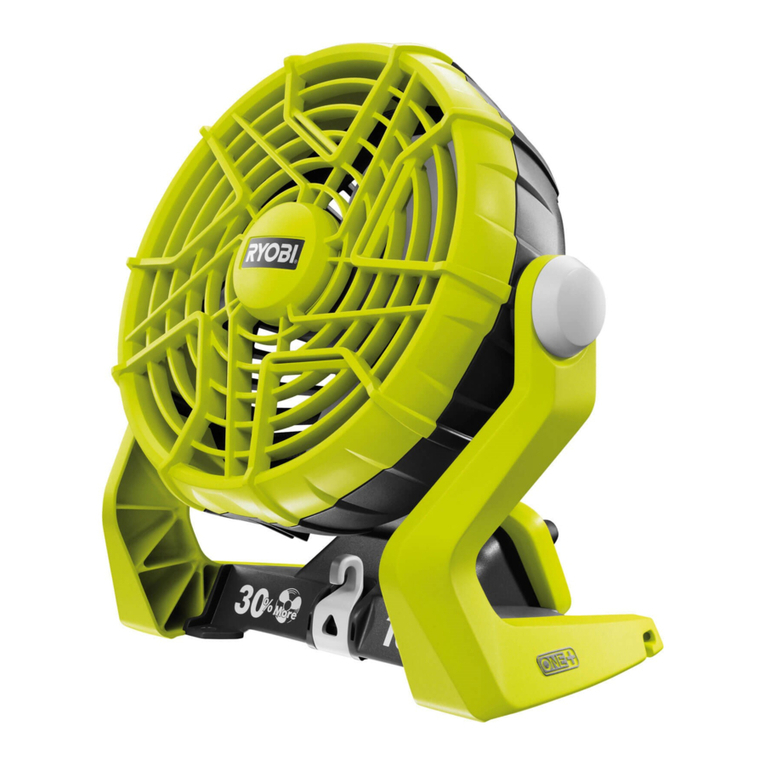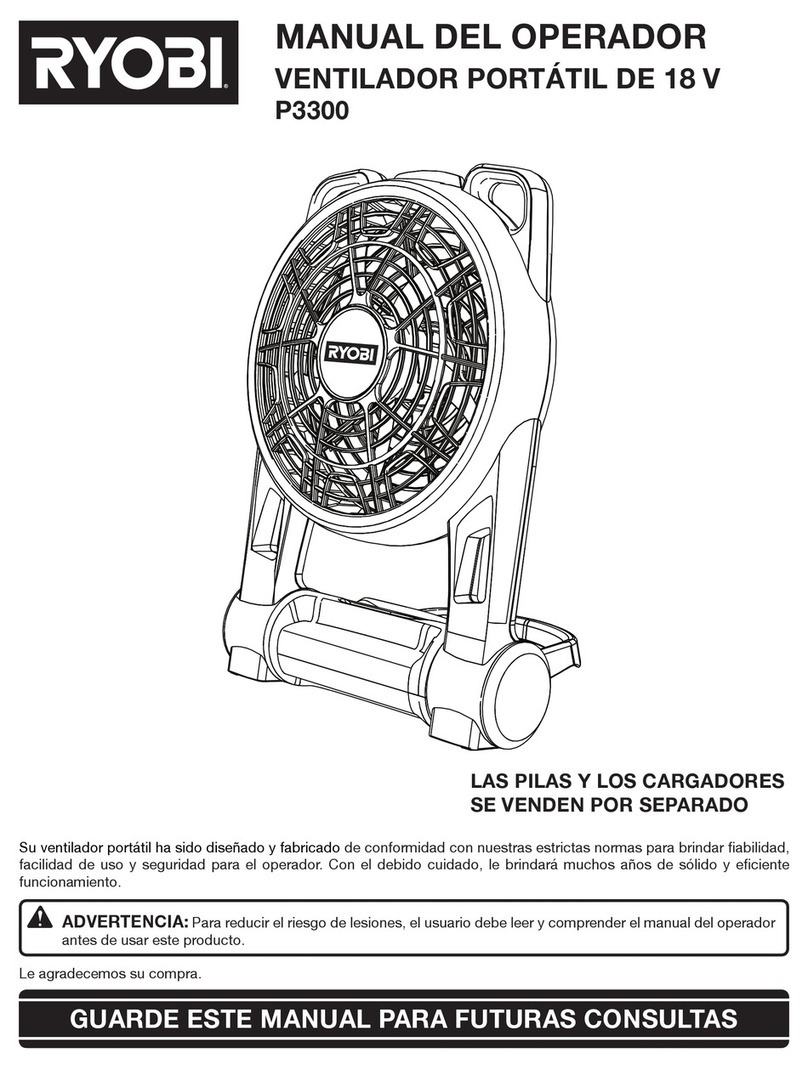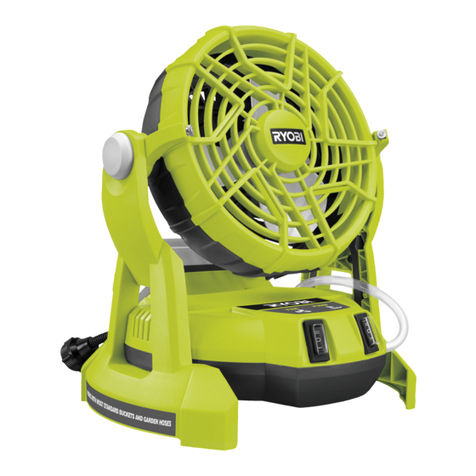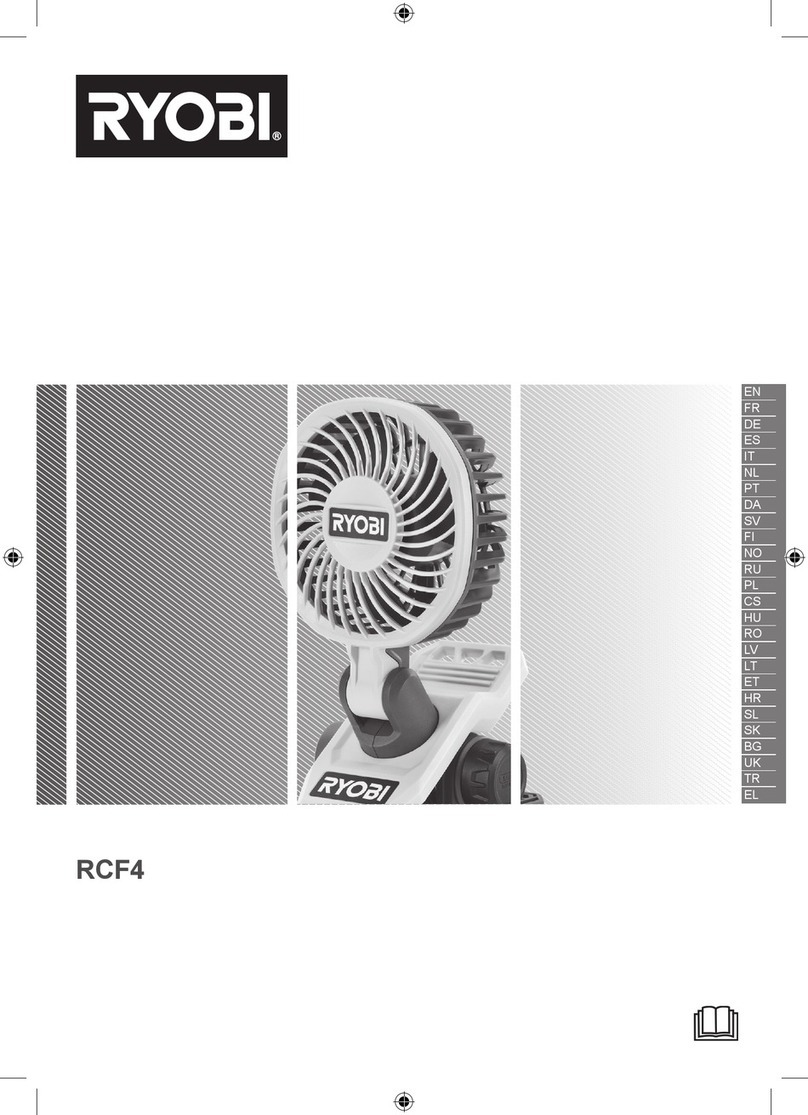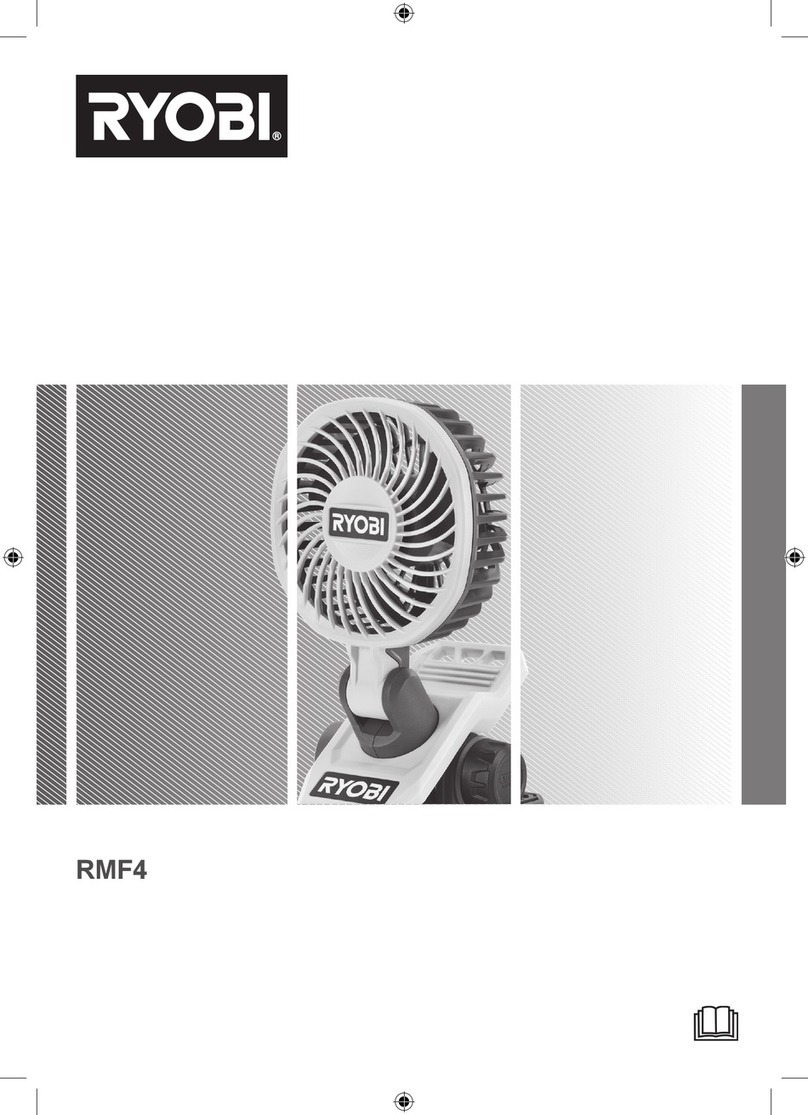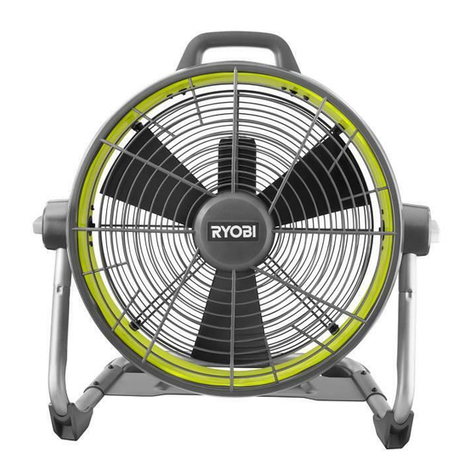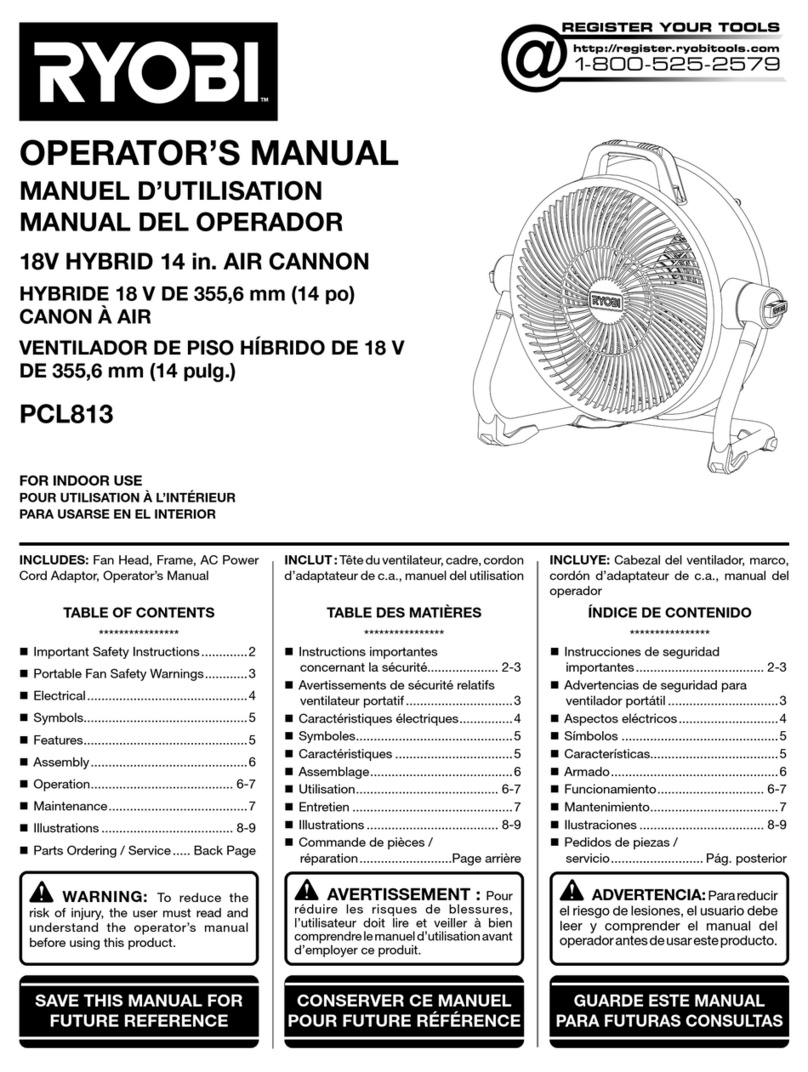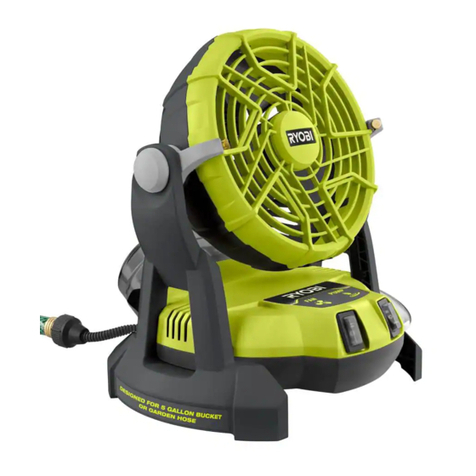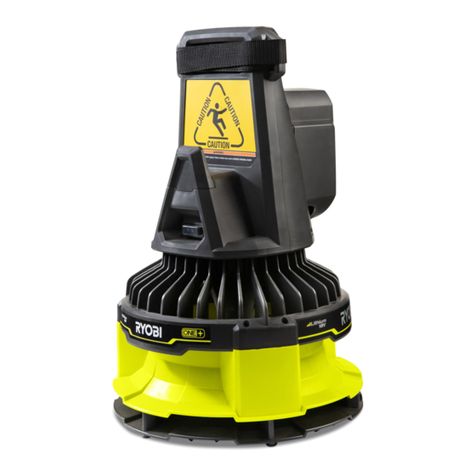
5
English
those intended could result in a hazardous situation.
BATTERY TOOL USE AND CARE
Recharge only with the charger specified by the
manufacturer. A charger that is suitable for one type of
battery pack may create a risk of fire when used with
another battery pack.
Use power tools only with specifically designated
battery packs. Use of any other battery packs may
create a risk of injury and fire.
When battery pack is not in use, keep it away from
other metal objects, like paper clips, coins, keys, nails,
screws or other small metal objects, that can make a
connection from one terminal to another. Shorting the
battery terminals together may cause burns or a fire.
Under abusive conditions, liquid may be ejected from
the battery; avoid contact. If contact accidentally
occurs, flush with water. If liquid contacts eyes,
additionally seek medical help. Liquid ejected from the
battery may cause irritation or burns.
SERVICE
Have your power tool serviced by a qualified repair
person using only identical replacement parts. This will
ensure that the safety of the power tool is maintained.
SPECIFIC SAFETY RULES
WARNING
The product is not intended for use by persons
(including children) with reduced physical, sensory
or mental capabilities, or lack of experience and
knowledge, unless they have been given supervision or
instruction concerning use of the product by a person
responsible for their safety.
Children should be supervised to ensure that they do
not play with the product.
■Know your tool. Read operator’s manual carefully.
Learn its applications and limitations, as well
as the specific potential hazards related to this
tool. Following this rule will reduce the risk of electric
shock, fire, or serious injury.
■Do not disassemble the product.
■Do not attempt to modify this product or create
accessories not recommended for use with this
product. Any such alteration or modification is misuse
and could result in a hazardous condition leading to
possible serious personal injury.
■Do not use this product if it is not completely
assembled or if any parts appear to be missing or
damaged. Use of a product that is not properly and
completely assembled could result in serious personal
injury.
■This appliance is not intended for use in kitchens.
■Do not use this product to exhaust hazardous or
explosive materials and vapors. It is intended for
general ventilating use only.
■Do not use this portable fan with any solid-state
speed control device. Following this rule will reduce
the risk of electric shock or fire.
■Do not leave the product unattended while in the
On position.
■Battery tools do not have to be plugged into
an electrical outlet; therefore, they are always
in operating condition. Be aware of possible
hazards when not using your battery tool or
when changing accessories. Following this rule
will reduce the risk of electric shock, fire, or serious
personal injury.
■Do not place battery tools or their batteries near
fire or heat. Following this rule will reduce the risk of
explosion and possibly injury.
■Never use a battery that has been dropped or
received a sharp blow. A damaged battery is subject
to explosion. Properly dispose of a dropped or
damaged battery immediately.
■Batteries can explode in the presence of a source
of ignition, such as a pilot light. To reduce the risk
of serious personal injury, never use any cordless
product in the presence of open flame. An exploded
battery can propel debris and chemicals. If exposed,
flush with water immediately.
■Do not charge battery tool in a damp or wet
location. Following this rule will reduce the risk of
electric shock.
■Do not expose the product to rain. Water entering
the product will increase the risk of electric shock or
malfunction.
■For best results, your battery tool should be
charged in a location where the temperature is
more than 10°C (50°F) but less than 38°C (100°F).
Do not store outside or in vehicles.
■Under extreme usage or temperature conditions,
battery leakage may occur. If liquid comes in
contact with your skin, wash immediately with
soap and water, then neutralize with lemon juice
or vinegar. If liquid gets into your eyes, flush
them with clean water for at least 10 minutes,
then seek immediate medical attention. Following
this rule will reduce the risk of serious personal injury.
■Keep the product dry, clean and free from oil and








